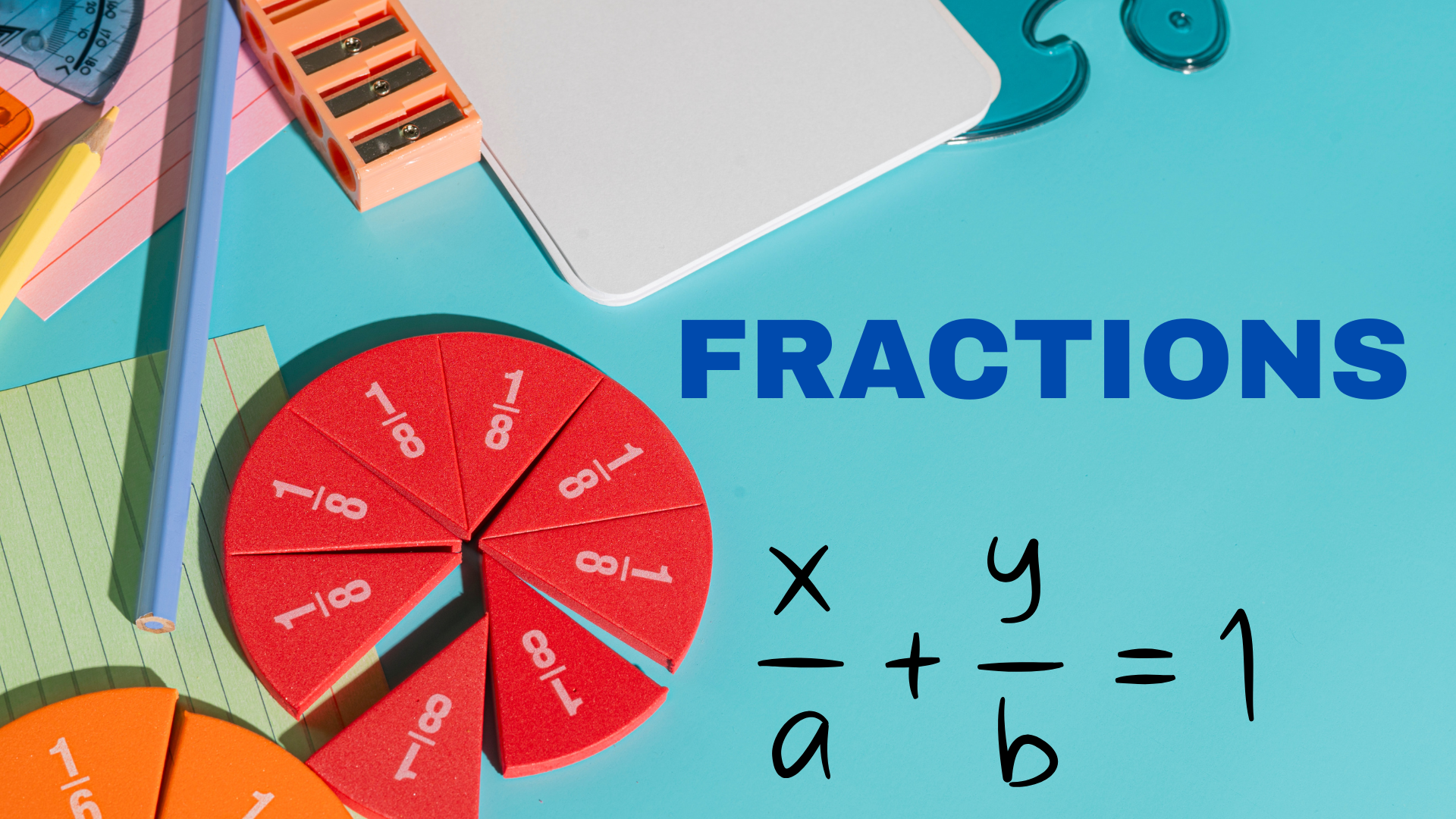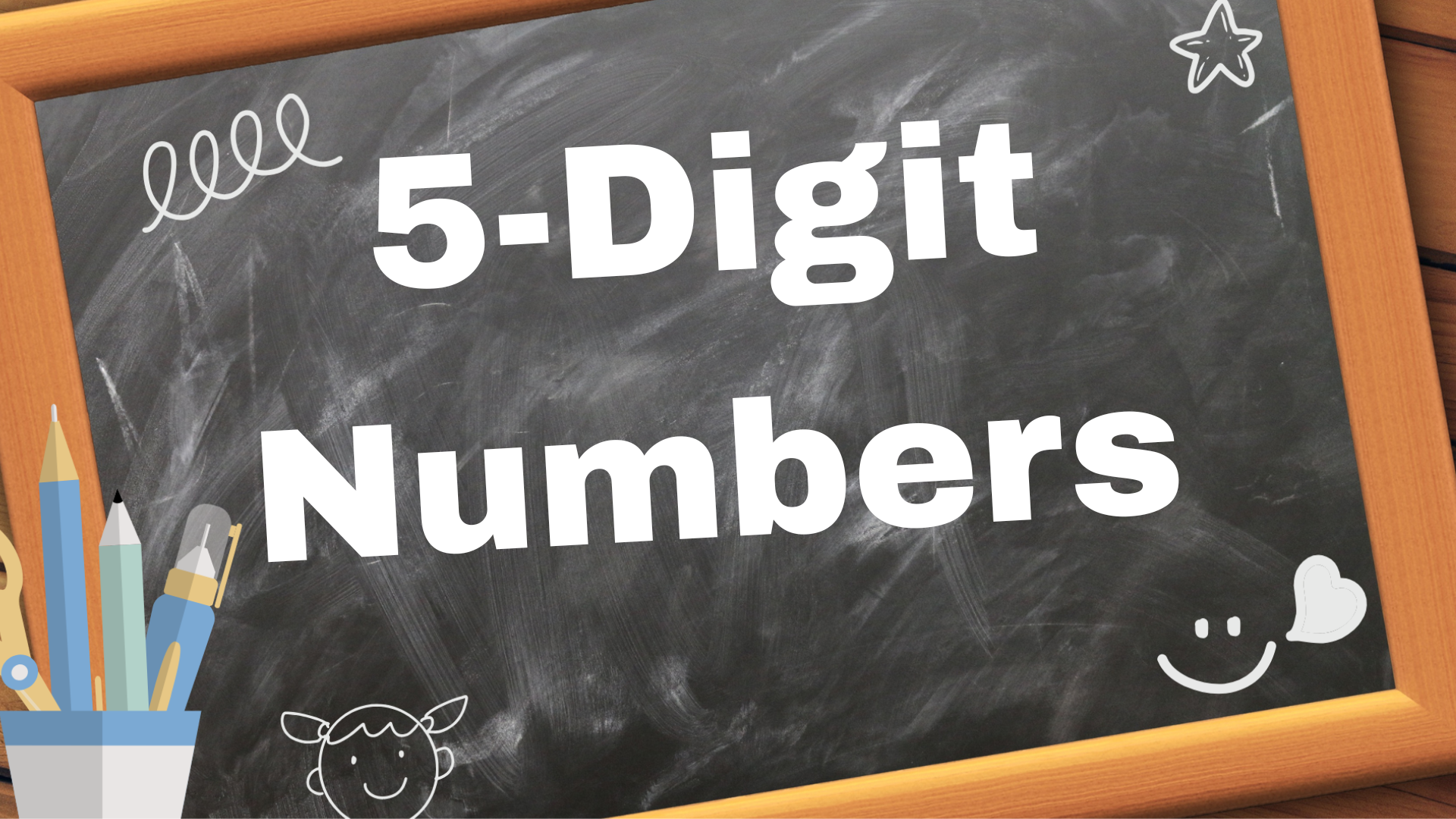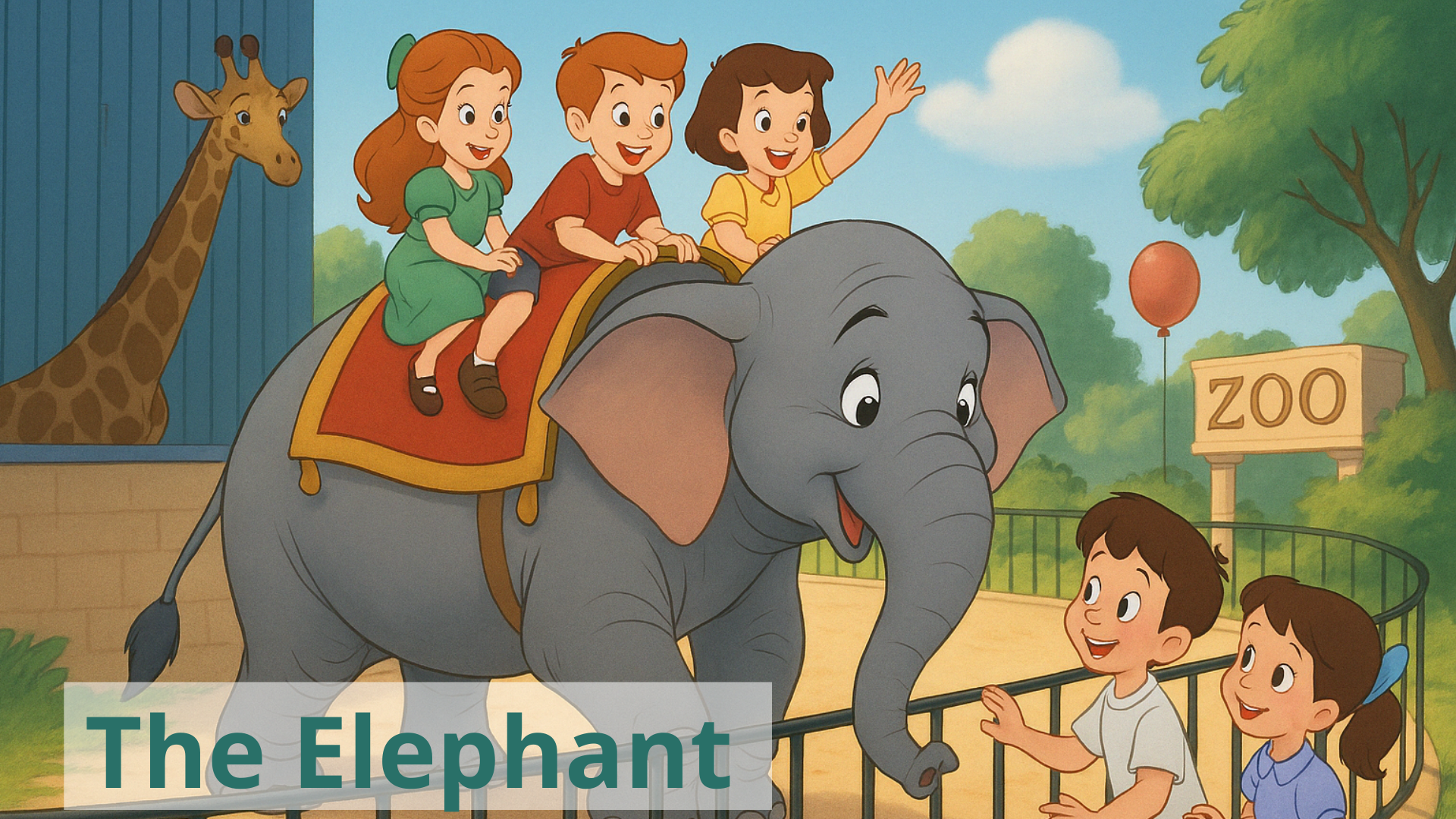FRACTIONS
Hello, my little stars! Have you ever shared a chocolate bar with a friend and said, “Let’s take half-half”? Or maybe cut a birthday cake and given everyone a piece? That, my dears, is fractions in action! Yes, it’s all about sharing equally. Today, let’s explore what fractions are and how they help us in real life. Ready? Let’s begin! What is a Fraction? A fraction simply means a part of a whole. Let’s say you have one whole biscuit and you want to share it with your friend. You break it into two equal parts and give one part to your friend and keep one for yourself. Each part is called a half. We write it like this: ½. Two halves make one whole! But wait—here’s something very important:For something to be a fraction, it must be divided into equal parts. Unequal parts? That’s not a proper fraction. Let’s Look at Some Examples 🍕 Example 1: Halves You cut a circle into 2 equal parts. Each part is called half (½).So if you have one part, you have ½ of the circle. 🍰 Example 2: Quarters If you divide a cake into 4 equal pieces, each piece is called a quarter or one-fourth.We write it as ¼. If you take 2 parts, that’s 2 out of 4 → written as ²⁄₄. 🟩 Example 3: Other Fractions If a rectangle is cut into 3 equal parts, and one part is colored, that part is one-third → ⅓.If 2 parts are colored, that’s two-thirds → ²⁄₃. Fractions are everywhere: in pizzas, cakes, chocolates—even sharing time! Let’s Understand the Terms Every fraction has two numbers: For example, in ¹⁄₈: Fractions in a Group Fractions aren’t only about shapes—they also help us understand collections. Let’s say there are 10 toffees, and you take 5. You took 5 out of 10 toffees. That’s ⁵⁄₁₀. Another fun one:Abdul has 13 Mysore paks and gives 2 to his friend.Friend got 2 out of 13 → ²⁄₁₃. See? Easy! Or imagine Hari’s sweet shop with laddus, jilebis, and Mysore paks—if 1 part out of 3 is laddus, that’s ¹⁄₃. Comparing Fractions Now, let’s say you have two different fractions, and you want to know which one is bigger. 🟢 Case 1: Same Denominator Look at ¹⁄₇ and ³⁄₇. Both are from 7 parts.But 3 parts is more than 1 part, right? So ³⁄₇ > ¹⁄₇. 🔵 Case 2: Same Numerator Now let’s compare ⁵⁄₈ and ⁵⁄₁₀.Both are 5 parts taken, but out of 8 and 10.Smaller denominator = bigger parts!So ⁵⁄₈ > ⁵⁄₁₀. When the bottom number is the same, check the top.When the top number is the same, check the bottom!” Equivalent Fractions – Same Value, Different Looks! Sometimes, two fractions look different but mean the same thing. We call them equivalent fractions. For example: How do we find them? ✅ Multiply the top and bottom by the same number.For example:½ × 2/2 = ²⁄₄½ × 4/4 = ⁴⁄₈ See? All these are equal fractions. You can also check if two fractions are equal by cross-multiplying. 🧮 Simplifying Fractions Let’s say you have the fraction ⁴⁄₈.You can divide both top and bottom by 4:⁴⁄₈ → ¹⁄₂ This is called simplifying or reducing a fraction to its lowest form.We keep dividing until we can’t divide anymore. FAQs Q: What is a fraction in simple words? A: A fraction is just a part of something whole—like one slice from a pizza or one piece from a chocolate bar! Q: Can we call any part a fraction? A: Only if the parts are equal! Fractions need fairness—so equal sharing is a must. Q: What do we call the numbers in a fraction? A: The top number is the numerator (how many parts taken), and the bottom number is the denominator (total equal parts). Q: Can two different-looking fractions mean the same thing? A: Yes! They’re called equivalent fractions. Like ½ and ²⁄₄—they both mean the same. Q: Why do we simplify fractions? A: To make them easier to understand and work with. Smaller numbers are easier for our brains to handle! Take assessment: 1. Understanding Basic Fraction Concepts a. Direct Questions b. Fill in the Blanks c. Match the Following d. True or False 2. Fractions as Parts of a Whole a. Visual Identification b. Drawing Tasks c. What’s Missing? 3. Fractions as Parts of a Collection a. Counting Objects b. Real-Life Scenarios 4. Comparing Fractions a. Using Symbols b. Choose the Correct Option c. Reasoning Type 5. Equivalent Fractions a. Identification b. Fill in the Blank c. Multiple Choice 6. Simplifying Fractions a. Simplify This b. Choose the Simplest Form c. Explain Your Answer 7. Fractions on a Number Line a. Draw & Mark b. Identify 8. Short Answer or Oral Questions





